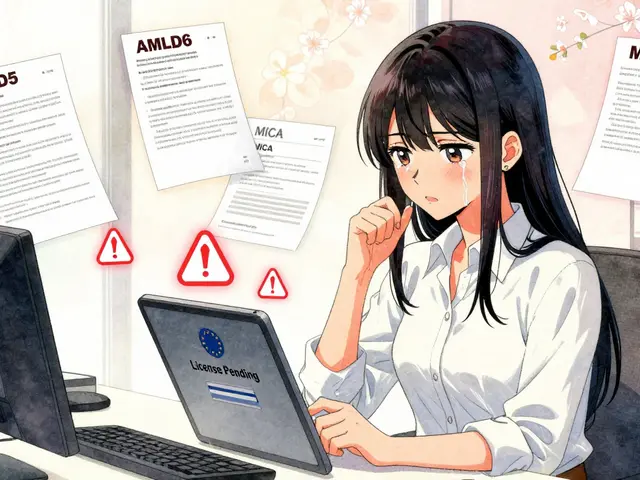Learn how Sybil attacks undermine decentralized networks, their impact on blockchains and DAOs, and practical defenses like proof‑of‑stake, identity verification, and emerging solutions.
Decentralized Networks: Your Complete Guide
When working with Decentralized Networks, a system where control is spread across many nodes rather than a single authority. Also known as distributed networks, they enable resilience, censorship resistance, and open participation. Decentralized networks power everything from crypto wallets to global file sharing, and they’re the backbone of the articles you’ll see below.
One core building block is Blockchain, the immutable ledger that records every transaction across the network. Blockchain provides the trust layer that lets strangers exchange value without a middleman. It requires cryptographic consensus mechanisms, and it enables token creation, which leads to tokenomics—a set of rules governing supply, distribution, and incentives.
Another vital piece is Peer‑to‑Peer (P2P), a communication model where each node can act as both client and server. P2P allows data to travel directly between users, cutting out central servers and lowering latency. This architecture supports decentralized exchanges, because trades can be matched off‑chain before settlement on the blockchain.
Why Decentralized Networks Matter
When you combine blockchain, P2P, and robust tokenomics, you get Decentralized Exchanges (DEXs), platforms that let you trade crypto assets without handing over custody to a third party. DEXs rely on smart contracts to enforce trade rules, and they benefit from the open‑source nature of decentralized networks to stay adaptable. The interplay between these entities creates a self‑sustaining ecosystem where users hold the keys to their assets, developers can innovate freely, and regulators face transparent, auditable activity.
Our curated list below reflects that ecosystem. You’ll find deep dives into meme tokens on Solana, step‑by‑step IDO guides, jurisdictional analyses for blockchain businesses, and security checklists for seed‑phrase protection. Each piece shows how the underlying network design influences real‑world outcomes—whether you’re comparing exchange fees, assessing a token’s legitimacy, or planning an airdrop claim.
Ready to see how these concepts play out in practice? Below are the latest articles that break down the tech, the risks, and the opportunities you’ll encounter when navigating decentralized networks today.





